Related Research Articles

Amos Alonzo Stagg was an American athlete and college coach in multiple sports, primarily American football. He served as the head football coach at the International YMCA Training School (1890–1891), the University of Chicago (1892–1932), and the College of the Pacific (1933–1946), compiling a career college football record of 314–199–35 (.605). His undefeated Chicago Maroons teams of 1905 and 1913 were recognized as national champions. He was also the head basketball coach for one season at Chicago (1920–1921), and the Maroons' head baseball coach for twenty seasons.

Glenn Scobey Warner, most commonly known as Pop Warner, was an American college football coach at various institutions who is responsible for several key aspects of the modern game. Included among his innovations are the single and double wing formations, the three point stance and the body blocking technique. Fellow pioneer coach Amos Alonzo Stagg called Warner "one of the excellent creators". He was inducted as a coach into the College Football Hall of Fame as part of its inaugural class in 1951. He also contributed to a junior football program which became known as Pop Warner Little Scholars, a popular youth American football organization.
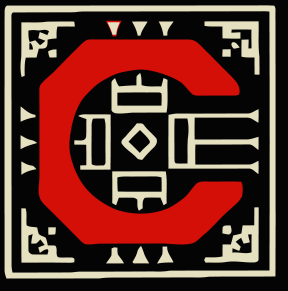
The United States Indian Industrial School in Carlisle, Pennsylvania, generally known as Carlisle Indian Industrial School, was the flagship Indian boarding school in the United States from 1879 through 1918. It took over the historic Carlisle Barracks, which was transferred to the Department of Interior from the War Department. After the United States entry into World War I, the school was closed and this property was transferred back to the Department of Defense. All the property is now part of the U.S. Army War College.

Carlisle Barracks is a United States Army facility located in Carlisle, Pennsylvania. The site of the U.S. Army War College, it is the nation's second-oldest active military base. The first structures were built in 1757, during the French and Indian War between Great Britain and France in the colonies.
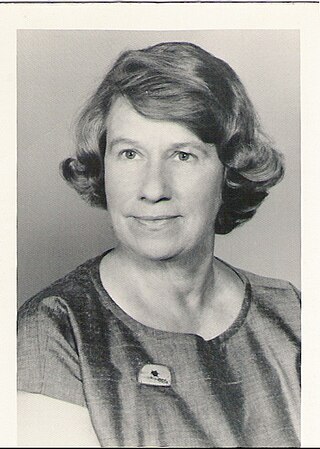
Dorothy Dunn Kramer was an American art instructor who created The Studio School at the Santa Fe Indian School.

Montachusett Regional Vocational Technical School, also known as Monty Tech, is a grade 9 to grade 12 public, secondary, vocational, open enrollment school in Fitchburg and Westminster, Massachusetts, United States. It provides training in 21 different trades and is the second largest vocational technical school in Massachusetts.
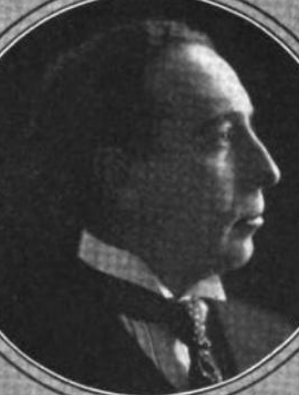
William Henry Langdon was an American banker, lawyer and Associate Justice of the California Supreme Court from January 4, 1927, to August 10, 1939.

Chilocco Indian School was an agricultural school for Native Americans on reserved land in north-central Oklahoma from 1884 to 1980. It was approximately 20 miles north of Ponca City, Oklahoma and seven miles north of Newkirk, Oklahoma, near the Kansas border. The name "Chilocco" is apparently derived from the Creek tci lako, which literally meant "big deer" but typically referred to a horse.
The Convention of American Instructors of the Deaf (CAID) is an "organization for all teachers, administrators, educational interpreters, residential personnel, and other concerned professionals involved in education of the deaf.". The CAID held its first convention on August 28, 1850, in New York City, New York, at Washington Heights. The second Convention was held the next year, in 1851, in Hartford, Connecticut and the third Convention was held two years after that, in 1853, in Columbus, Ohio. The fourth Convention met in 1856 in Staunton, Virginia. The Convention continued to meet every couple of years, then became formally incorporated during its Fourteenth meeting, in 1895, in Flint, Michigan.

The Phoenix Indian School, or Phoenix Indian High School in its later years, was a Bureau of Indian Affairs-operated school in Encanto Village, in the heart of Phoenix, Arizona. It served lower grades also from 1891 to 1935, and then served as a high school thereafter. It opened in 1891 and closed in 1990 on the orders of the federal government. During its existence, it was the only non-reservation BIA school in Arizona.
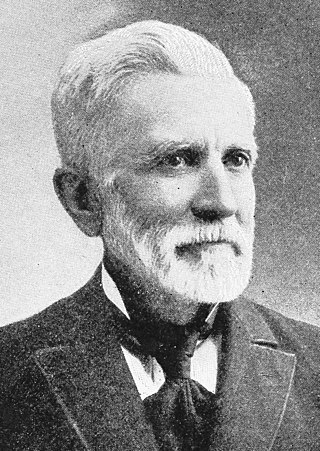
John Swett is considered to be the "Father of the California public school" system and the "Horace Mann of the Pacific".
Arthur Gilchrist Brodeur was a scholar of early English, German, and Old Norse literature at the University of California, Berkeley. He is known primarily for his scholarly work on Beowulf and his translation of Snorri Sturluson's Prose Edda for The American-Scandinavian Foundation, but also as a writer of pulp fiction and for his left-wing politics.
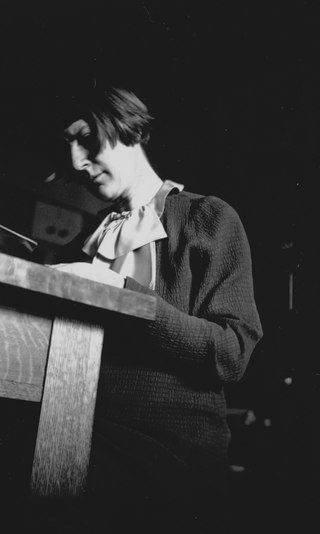
Gladys Amanda Reichard was an American anthropologist and linguist. She is considered one of the most important women to have studied Native American languages and cultures in the first half of the twentieth century. She is best known for her studies of three different Native American languages: Wiyot, Coeur d'Alene and Navajo. Reichard was concerned with understanding language variation, and with connections between linguistic principles and underpinnings of religion, culture and context.
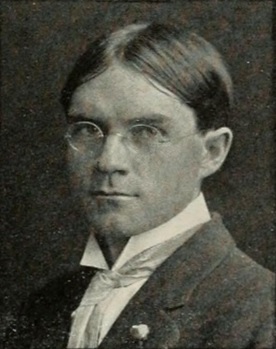
Loye Holmes Miller, was an American paleontologist and zoologist who served as professor of zoology at the University of California, Los Angeles, University of California, Berkeley, and University of California, Davis.

Bernice McCoy was an American educator, Dean of Women at State Normal School, Lewiston.
Elizabeth Willis DeHuff (1886–1983) was an American painter, teacher, playwright, and children's book writer. She was an important contributor to the development of Native American easel painting in the 1920s and 1930s. DeHuff is also a children's book author who writes predominantly utilizing Native American folklore and themes. Among these books are Blue-Wings-Flying and TayTay's Tales. In writing these children's books, and other works by her like Kaw-eh and Say the Bells of Old Missions: Legends of Old New Mexico Churches that are not necessarily children's books, DeHuff is instrumental in documenting Native American folklore and providing authenticity in the telling of it. Overall, she wrote 65 works in 118 publications. These other works included non children's books and periodical articles Native American, Hispanic, and New Mexico subjects.

Jesse Logan Nusbaum (1887–1975), was an American archaeologist, anthropologist, photographer and National Park Service Superintendent who lived in the American Southwest, where he made significant achievements in the identification, documentation, restoration and preservation of the region's Native American and Spanish Colonial architectural and cultural heritage.
Oscar Osburn Winther was a history professor, specializing in the history of the western United States. He was the president of the Western History Association from 1963 to 1964 and the president of the Oral History Association from 1969 to 1970.
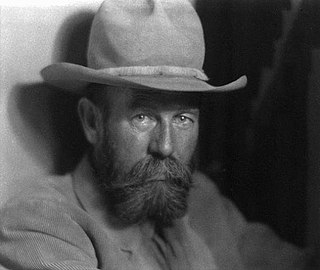
Dane Coolidge was an American author, naturalist, and photographer. He wrote fiction, non-fiction, and articles featuring the American West. He wrote short stories for magazines and made illustrations. His book Rimrock Jones was adapted into the film Rimrock Jones. The Smithsonian Museum has three of his photographs in its collection. He wrote several dozen novels and many tens of short stories.

Adelaide Steele Baylor was an American educator and school administrator. She was chief of the Home Economics Education Service in the United States Office of Education from 1923 to 1935.
References
- ↑ "Archives West: Oscar Hiram Lipps papers, 1912-1939". archiveswest.orbiscascade.org.
- ↑ http://pages.uoregon.edu/kevhat/Guide%20to%20the%20Oscar%20Hiram%20Lipps%20Papers%201912-1939.pdf [ bare URL PDF ]
- ↑ Sentinel, Joseph Cress The (31 March 2019). "Tour Through Time: John Francis Jr., the last superintendent of Carlisle Indian Industrial School". The Sentinel.
- ↑ "Catalog of Copyright Entries". 1913.
- ↑ Lipps, Oscar Hiram (1993). "The Case of the California Indians".
- ↑ "Western History a Check List of Recent Items Relating to California and the West". California Historical Society Quarterly. 13 (4): 407–409. 1934. doi:10.2307/25160542. JSTOR 25160542.
- ↑ Lipps, Oscar Hiram (1919). "Daily Lesson Plan Book for Vocational Instructors".
- ↑ "A Bibliography on the Agriculture of the American Indians". 1942.